Yi-Min Chou
Stingray Detection of Aerial Images Using Augmented Training Images Generated by A Conditional Generative Model
Jun 25, 2018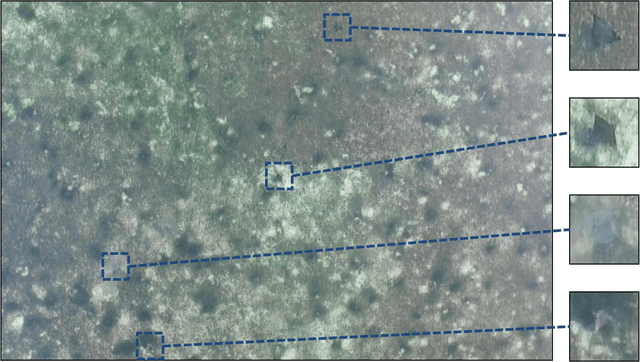

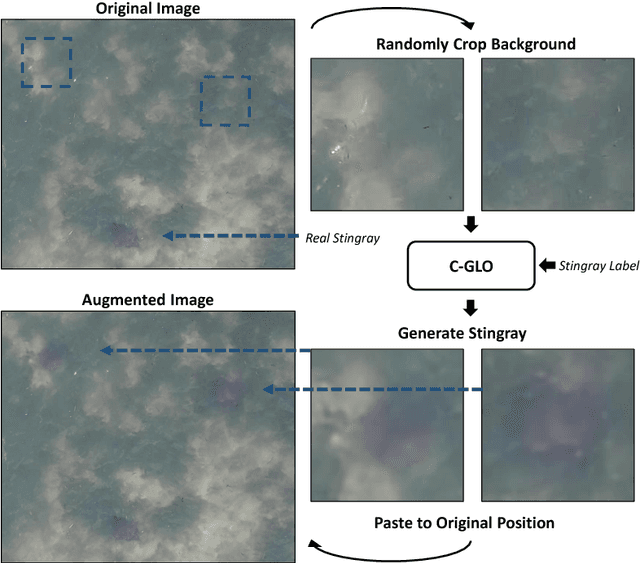
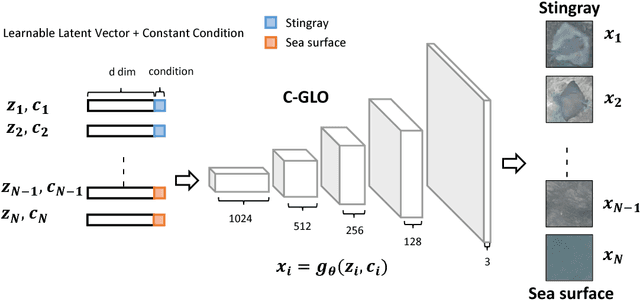
Abstract:In this paper, we present an object detection method that tackles the stingray detection problem based on aerial images. In this problem, the images are aerially captured on a sea-surface area by using an Unmanned Aerial Vehicle (UAV), and the stingrays swimming under (but close to) the sea surface are the target we want to detect and locate. To this end, we use a deep object detection method, faster RCNN, to train a stingray detector based on a limited training set of images. To boost the performance, we develop a new generative approach, conditional GLO, to increase the training samples of stingray, which is an extension of the Generative Latent Optimization (GLO) approach. Unlike traditional data augmentation methods that generate new data only for image classification, our proposed method that mixes foreground and background together can generate new data for an object detection task, and thus improve the training efficacy of a CNN detector. Experimental results show that satisfiable performance can be obtained by using our approach on stingray detection in aerial images.
Unifying and Merging Well-trained Deep Neural Networks for Inference Stage
May 14, 2018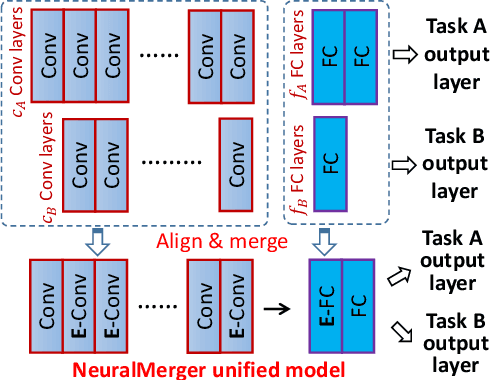
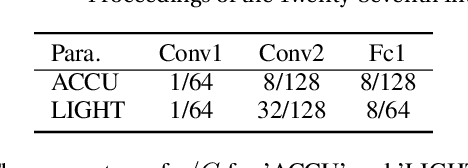


Abstract:We propose a novel method to merge convolutional neural-nets for the inference stage. Given two well-trained networks that may have different architectures that handle different tasks, our method aligns the layers of the original networks and merges them into a unified model by sharing the representative codes of weights. The shared weights are further re-trained to fine-tune the performance of the merged model. The proposed method effectively produces a compact model that may run original tasks simultaneously on resource-limited devices. As it preserves the general architectures and leverages the co-used weights of well-trained networks, a substantial training overhead can be reduced to shorten the system development time. Experimental results demonstrate a satisfactory performance and validate the effectiveness of the method.
 Add to Chrome
Add to Chrome Add to Firefox
Add to Firefox Add to Edge
Add to Edge